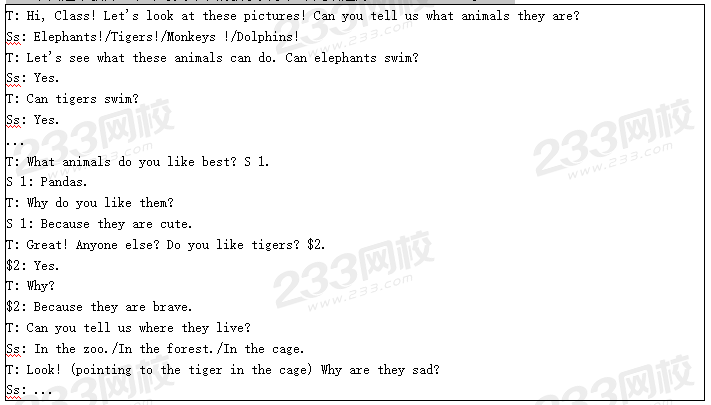一、选择题
1. Which of the following words has a stress pattern different from the rest?
A. prepare
B. technique
C. obvious
D. advice
2. Which of the following underlined words will be stressed when Julia responds to the person who has mistaken her for Julian?
A. My name is Julia, not Julian.
B. My name is Julia, not Julian.
C. My name is Julia, not Julian.
D. My name is Julia, not Julian.
3. The word “UNESCO” is called a(n)_______.
A. acronym
B. blend
C. clipped word
D. coined word
4. He looks like a Scottish, but his accent may give him_______.
A. off
B. out
C. in
D. away
5. The book is so well received that it sells_______the million.
A. at
B. in
C. by
D. to
6._______we are successful, we can be sure that we did our best.
A. Provided that
B. If only
C. If or not
D. Whether or not
7.——Will you be able to go swimming with us?
——_______.
A.I'm afraid not
B. I'm afraid
C. I'm not afraid
D. I'm not afraid so
8._______is the custom, the investigators carried out a painstaking search of the debris after the air crash.
A. What
B. As
C. Which
D. That
9. There are different words for paternal grandmother (nainai) and maternal grandmother(waipo) in Chinese, but in English the word “grandmother”is generally used in both cases, which suggests that_______.
A. equal importance is given to maternal and paternal grandparents in China
B. equal importance is given to maternal and paternal grandparents in Britain
C. language may influence people's ways of thinking to a large extent
D. people of different languages categorize things in different ways
10. Which of the following is employed by a speaker who addresses senior people as “the elderly” rather than “the old” ?
A. Social dialect.
B. Taboo.
C. Lingua franca.
D. Euphemism.
11. By asking the question, “Can you list your favorite food in English?” , the teacher is using the technique of_______.
A. elicitation B. monitoring
C. prompting D. recasting
12. If a teacher wants to check how much students have learned at the end of a term, he/she would give them a(n)_______.
A. diagnostic test
B. placement test
C. proficiency test
D. achievement test
13. What learning style does Xiao Li exhibit if she tries to understand every single word when listening to a passage?
A. Field-dependence.
B. Intolerance of Ambiguity.
C. Risk-taking.
D. Field-independence.
14. If a teacher asks students to put jumbled sentences in order in a reading class, he/she intends to develop their ability of_______.
A. word-guessing through context
B. summarizing the main idea
C. understanding textual coherence
D. scanning for detailed information
15. When a teacher says “What do you mean by that?” , he/she is asking the student for_______.
A. repetition
B. suggestion
C. introduction
D. clarification
16. When a teacher says “You'd better talk in a more polite way when speaking to the elderly”,he/she is drawing the students' attention to the_______of language use.
A. fluency
B. complexity
C. accuracy
D. appropriacy
17. Which of the following is a display question?
A. What part of speech is “immense” ?
B. How would you comment on this report?
C. Why do you think Hemingway is a good writer?
D. What do you think of the characters in this novel?
18. Which of the following represents a contextualized way of practising“How often...” ?
A. Make some sentences with “how often”
B. Use“how often” and the words given to make a sentence.
C. I go shopping twice a week. How often do you go shopping?
D. Please change the statement into a question with “how often”
19. Which of the following are controlled activities in an English class?
A. Reporting, role-play and games.
B. Reading aloud, dictation and translation.
C. Role-play, problem solving and discussion.
D. Information exchange, narration and interview.
20. The_______is designed according to the morphological and syntactic aspects of a language.
A. structural syllabus
B. situational syllabus
C. skill-based syllabus
D. content-based syllabus
请阅读 Passage 1, 完成21-25 小题。
Passage 1
The brain is truly a marvel. A seemingly endless library, whose shelves house our most precious memories as well as our lifetime's knowledge. But is there a point where it reaches capacity? In other words, can the brain be “full” ?
The answer is a resounding no, because, well, brains are more sophisticated than that. A study published in Nature Neuroscience earlier this year shows that instead of just crowding in, old information is sometimes pushed out of the brain for new memories to form.
Previous behavioral studies have shown that learning new information can lead to forgetting.But in this study, researchers used new neuroimaging techniques to demonstrate for the first time how this effect occurs in the brain.
The paper's authors set out to investigate what happens in the brain when we try to remember information that's very similar to what we already know. This is important because similar information is more likely to interfere with existing knowledge, and it's the stuff that crowds without being useful.
To do this, they examined how brain activity changes when we try to remember a “target”memory, that is, when we try to recall something very specific, at the same time as trying to remember something similar (a “competing” memory). Participants were taught to associate a single word (say, the word sand) with two different images--such as one of Marilyn Monroe and the other of a hat.
They found that as the target memory was recalled more often, brain activity for it increased.Meanwhile, brain activity for the competing memory simultaneously weakened. This change was most prominent in regions near the front of the brain, such as the prefrontal cortex, rather than key memory structures in the middle of the brain, such as the hippocampus, which is traditionally associated with memory loss.
The prefrontal cortex is involved in a range of complex cognitive processes, such as planning,decision making, and selective retrieval of memory. Extensive research shows this part of the brain works in combination with the hippocampus to retrieve specific memories.
If the hippocampus is the search engine, the prefrontal cortex is the filter determining which memory is the most relevant. This suggests that storing information alone is not enough for a good memory. The brain also needs to be able to access the relevant information without being distracted by similar competing pieces of information.
In daily life, forgetting actually has clear advantages. Imagine, for instance, that you lost your bank card. The new card you receive will come with a new personal identification number (PIN).
Research in this field suggests that each time you remember the new PIN, you gradually forget the old one: This process improves access to relevant information, without old memories interfering.
When we acquire new information, the brain automatically tries to incorporate it within
existing information by forming associations. And when we retrieve information, both the desired and associated but irrelevant information is recalled.
The majority of previous research has focused on how we learn and remember new information. But current studies are beginning to place greater emphasis on the conditions under which we forget, as its importance begins to be more appreciated.
21. Which of the following is closest in meaning to the underlined word “resounding” in Paragraph 2?
A. Definite.
B. Repetitive.
C. Echoing.
D. Impressive.
22. According to the passage, why can't our brain be“full” ?
A. It can forget what we want to remember.
B. It can memorize what we want to remember.
C. It can store limitless information like a library.
D. It forgets the old information while absorbing the new.
23. According to the passage, which part of our brain is traditionally considered to be fundamental to the formation of new memories?
A. The frontal cortex.
B. The middle of the brain.
C. The prefrontal cortex.
D. The back part of the brain.
24. What is the main purpose of writing this article?
A. To interpret why our memory loss occurs.
B. To elaborate how we retrieve specific memories.
C. To explain why our memory capacity seems to be limitless.
D. To present the balance between remembering and forgetting.
25. Which of the following is likely to be discussed in the subsequent study?
A. The influence of memory.
B. The conditions related to forgetting.
C. The ways used to prevent forgetting.
D. The factors involved in memory formation.
请阅读Passage 2, 完成第 26-30小题。
Passage 2
For most American kids, it wouldn't be Halloween without trick-or-treating for candy;however, that wasn't always the case. When the custom of trick-or-treating started in the 1930s and early 1940s, children were given everything from homemade cookies and pieces of cake to fruit,nuts, coins and toys. In the 1950s, candy manufacturers began to get in on the act and promote their products for Halloween, and as trick-or-treating became more popular, candy was increasingly regarded as an affordable, convenient offering. It wasn't until the 1970s, though, that wrapped,factory-made candy was viewed as the only acceptable thing to hand out to all the little ghosts and goblins that showed up on people's doorsteps. A key reason for this was safety, as parents feared that real-life boogeymen might tamper with goodies that weren't store-bought and sealed.
Today, when it comes to Halloween candy, a number of the most popular brands are enduring classics. For example, the first Hershey's Milk Chocolate bar was produced in 1900 and Hershey's Kisses made their debut in 1907. Company founder Milton Hershey was a pioneer in the mass-production of milk chocolate and turned what previously had been a luxury item for the well-to-do into something affordable for average Americans. In the early 1900s, he also built an entire town, Hershey, Pennsylvania, around his chocolate factory. In 1917, Harry Bumett Reese moved to Hershey, where he was a dairyman for the chocolate company and later worked at its factory.Inspired by Milton Hershey's success, Reese, who eventually had 16 children, began making candies in his basement. In the mid-1920s, he built a factory of his own and produced an assortment of candies, including peanut butter cups, which he invented in 1928 and made with Hershey's chocolate. During World War II, a shortage of ingredients led Reese to pull the plug on his other candies and focus on his most popular producter, peanut butter cups. In 1963, Hershey acquired the H.B Reese Candy Company.
In 1923, a struggling, Minnesota-born candy maker, Frank Mars, launched the Milky Way bar, which became a best-seller. In 1930, he introduced the Snickers bar, reportedly named for his favorite horse, followed in 1932 by the 3 Musketeers bar. Frank's son Forrest eventually joined the company, only to leave after a falling out with his father. Forrest Mars relocated to England, where he created the Mars bar in the early 1930s. In 1941, he launched M&Ms. Mars anticipated that World War II would produce a cocoa shortage, so he partnered with Bruce Murrie, son of a Hershey executive, in order to have access to a sufficient supply of ingredients; the candy's name stands for Mars and Murrie.
Another crowd-pleasing Halloween candy, the Kit Kat bar, was first sold in England in 1935as a Rowntree's Chocolate Crisp and in 1937 was rechristened the Kit Kat Chocolate Crisp. The name is said to be derived from a London literary and political group, the Kit-Cat (or Kit Kat) club,established in the late 17th century. The group's moniker is thought to be an abbreviation of the name of the man who owned the shop where the group originally gathered. Since 1988, the brand has been owned by Nestle, maker of another perennial trick-or-treat favorite, the Nestle Crunch bar,which debuted in the late 1930s.
26. What are the main features of Halloween candy in the 1970s?
A. Safe, wrapped and factory-made.
B. Original, homemade and expensive.
C. Delicious, manufactured and expensive.
D. Convenient, homemade and inexpensive.
27. Who does the underlined word “boogeymen” in Paragraph 1 refer to?
A. Evil spirits haunting kids.
B. People with evil intentions.
C. Kids in Halloween costumes.
D. Candy makers and store keepers.
28. Which of the following correctly describes Milton Hershey?
A. He mass-produced milk chocolate bars for the wealthy.
B. He duplicated the brand of Hershey's Kisses in 1907 for Halloween.
C. He employed Harry Burnett Reese who later founded his own company.
D. He encouraged Forrest Mars and Bruce Murrie to jointly produce M&Ms.
29. How was the name “Kit Kat Chocolate Crisp” derived?
A. It was renamed by Nestle, another maker of the Halloween candies.
B. It was borrowed from the name of Rowntree's Chocolate Crisp.
C, It was named after a London literary and political group.
D. It was abbreviated from the name of a shop owner.
30. What is the passage mainly about?
A. The names and brands of Halloween candies.
B. The origin and history of Halloween candies.
C. The popularity and fame of Halloween candies.
D. The consumers and manufacturers of Halloween candies.
二、简答题(本大题1小题。20分)
根据题目要求完成下列任务。用中文作答。
31.简述小组活动(group work)在英语教学中的两个作用(8分),并提出有效实施小组活动的三条建议(12分)。
三、教学情境分析题(本大题1小题。30分)
根据题目要求完成下列任务,用中文作答。
32.下面是某教师一节课导人环节的教学实录,单元话题为Animals in danger。

根据所给信息从下列三个方面作答。
(1)列出该教师运用封闭式和开放式提问的各两个例句。(12分)
(2)分析封闭式问题与开放式问题各自的一个优点和一个缺点。(12分)
(3)分析该教师提问的两个特点。(6分)
四、教学设计题《本大题1小题,40分)
根据提供的信息和语言素材设计教学方案,用英文作答。
33.设计任务:
阅读下面的学生信息和语言素材,设计20分钟的阅读教学方案。教案没有固定格式,但须包含下列要点:
· teaching objectives
· teaching contents
· key and difficult points
· major steps and time allocation
· activities and justifications
教学时间:20分钟
学生概况:某城镇普通中学八年级(初中二年级)学生,班级人数40人。多数学生已经达到《义务教育英语课程标准(2011年版)》三级水平。学生课堂参与积极性一般。
语言素材:
David's Hobbies
Many students have hobbies, such as reading, painting, growing vegetables and looking after animals. Some hobbies are relaxing and others are active. Hobbies can make you grow as a person, develop your interests and help you leam new skills.
David Smith is a student, and one of his hobbies is writing. During the summer of 2010, he spent four weeks at a summer camp. As well as the usual activities, such as sailing and climbing,there was a writing class. “The teacher was a writer, and she asked us to talk about our lives and tell interesting stories. Then she encouraged us to write about our experiences at the camp.”
Back at school, David wrote a story about the life of a sixteen-year-old boy, and it came out as a book in 2012. Many young people love his book, and as a result, David has become a successful young writer.
David has been very lucky because his hobby has brought him pleasure and success.
But writing is not his only hobby. He is also interested in many other things. “I like playing volleyball too,” says David. “I spend some of my free time playing volleyball for my school team. Maybe I'll write about my volleyball team in my future books.”
微信扫码下面二维码进入教师资格微信学习群。

考试题库>>教师资格证考试题库试题免费刷
备考资料>>教师资格证各科思维导图下载
零基础如何备考?233网校零基础取证班购课即送教材,5大基础班级教学,给您备考指路,免费试听>>
温馨提示:因考试政策、内容不断变化与调整,233网校网站提供的以上信息仅供参考,如有异议,请考生以权威部门公布的内容为准!



